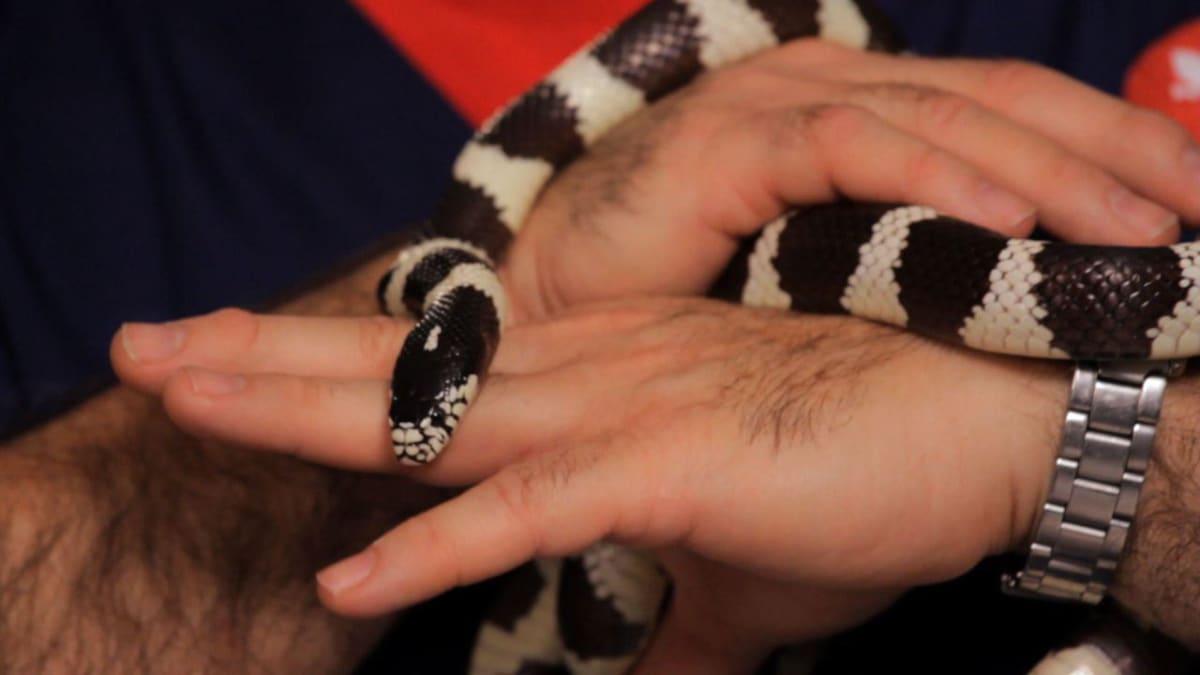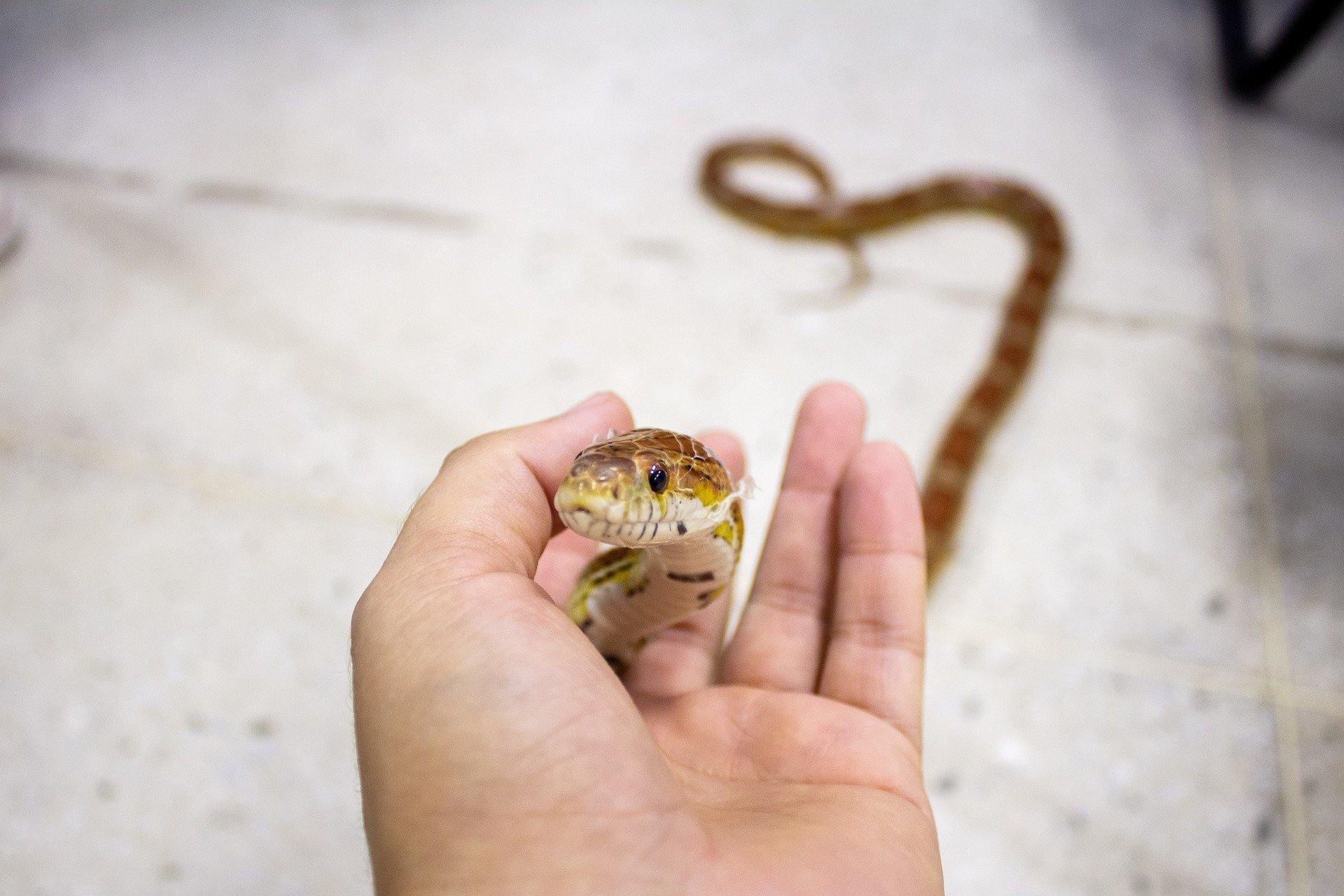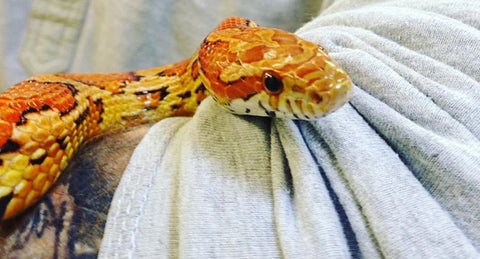Crucial Treatment Tips for Animal Snakes: A Beginner's Overview
As newbie reptile enthusiasts begin on the trip of caring for pet snakes, recognizing the basic principles of proper husbandry is vital. From picking the appropriate serpent varieties to developing a suitable habitat and maintaining optimal environmental problems, each step plays a critical role in fostering a prospering partnership in between owner and serpent.
Selecting the Right Serpent Variety
When choosing a snake types as a pet dog, it is crucial to think about aspects such as dimension, personality, and treatment demands. These components play a substantial duty in making certain that the proprietor and the serpent have an unified and satisfying connection. Dimension is a necessary factor to consider as it straight affects the area needed for the snake to thrive comfortably. Some varieties, like the Round Python, remain fairly little, making them suitable for beginners or people with minimal area. On the other hand, species such as the Burmese Python can expand fairly big, needing a more substantial unit and specialized treatment.

Establishing the Suitable Room
To produce an ideal living atmosphere for your family pet serpent, careful focus to information is needed when establishing the room. The very first consideration is the size of the enclosure, ensuring it provides ample space for your serpent to relocate about and stretch out conveniently. A general guideline is to have a tank that is at the very least as long as the serpent's length and broad enough to enable numerous concealing areas and a water dish.
Substrate choice is critical, as it not only impacts the aesthetic appeals of the room but additionally contributes in preserving proper moisture levels. Popular substratums include aspen shavings, cypress compost, and paper towels, each using different advantages depending on the serpent species and wanted humidity degrees.
Including a temperature slope is vital for your snake's general health. Make use of heat lights, heat pads, or ceramic heating units to create a cozy side and a cooler side within the unit, enabling your serpent to regulate its body temperature level as needed. Furthermore, providing ample lights, hiding areas, and climbing up branches will use enrichment and excitement for your animal serpent.
Providing Appropriate Home Heating and Lighting
Appropriate home heating and lighting are vital parts in creating an appropriate environment for your pet snake. Serpents are ectothermic, suggesting they rely on outside resources of warmth to regulate their body temperature. To simulate their natural surroundings and ensure your snake's wellness, it is critical to provide an appropriate warm slope within the unit. This slope includes a warm basking spot at one end, preserved at around 85-90 ° F for a lot of serpent varieties, and a cooler location around 75-80 ° F at the various other end to enable thermoregulation.
For home heating, under-tank heating pads or heat tape are generally made use of to produce a warm place for your serpent to bask. Additionally, serpents call for a constant light-dark cycle to maintain their circadian rhythm.
Bear in mind to investigate the particular home heating and illumination requirements for your serpent varieties to give a comfortable and healthy and balanced atmosphere for your family pet. snake for sale.
Establishing a Feeding Regimen
How can animal snake owners guarantee a balanced and regular feeding routine for their reptile buddies? Developing a feeding schedule is important for the wellness and wellness of pet snakes. Serpents have varying feeding frequencies based on their species, age, and size. Research study the particular dietary requirements of your serpent types to establish the appropriate feeding timetable. Generally, grown-up serpents are fed when every 1-2 weeks, while more youthful snakes may call for more regular meals.
When feeding your snake, opt for suitably sized prey things. The dimension of the prey ought to match click to find out more the snake's girth for appropriate food digestion and to stay clear of regurgitation. Frozen target items are suggested as they posture much less threat to your snake contrasted to live prey, which can harm the snake during feeding.

Handling and Socializing Your Snake
When managing and socializing your pet serpent, it is necessary to strategy with caution and respect for their natural actions and limits. Serpents are solitary animals by nature and may not look for social communication like various other animals. Nonetheless, with gentle and regular handling, several serpents can end up being accustomed to human get in touch with.
Before attempting to manage your snake, make certain that they fit and not in shed or digestion setting, as this can make them a lot more short-tempered. Approach your snake steadly and confidently, sustaining their body effectively to make them really feel secure. Prevent abrupt activities or loud sounds that can alarm them.
Begin with brief handling sessions and slowly enhance the time as your snake becomes much more familiar with being held. Be observant of their body language - if they reveal indications of tension like hissing, quick tongue flicking, or curling securely, it's best to put them back in their enclosure.
Keep in mind that not all snakes enjoy taking care of, and it's essential to respect your animal's preferences. Normal, mild communications can assist build count on and minimize anxiety for your snake, causing an extra favorable connection between you both.
Verdict
To conclude, it is vital for novice serpent proprietors to very carefully choose the appropriate serpent species, established visite site an appropriate unit, offer appropriate heating and lighting, develop a feeding regimen, and handle their snake properly. Adhering to these care ideas will certainly make sure the well-being and joy of the pet serpent, creating an unified partnership between proprietor and reptile.
When choosing a serpent varieties as an animal, it is critical to think about variables such as treatment, dimension, and personality needs. Some serpents, like the Corn Snake, have continue reading this a tendency to be accommodating and tolerant of taking care of, making them ideal for those new to snake possession. Looking into and understanding these demands particular to the varieties you are taking into consideration is necessary to provide appropriate treatment and make sure the snake's well-being. Generally, grown-up serpents are fed as soon as every 1-2 weeks, while more youthful serpents might require more frequent meals.
